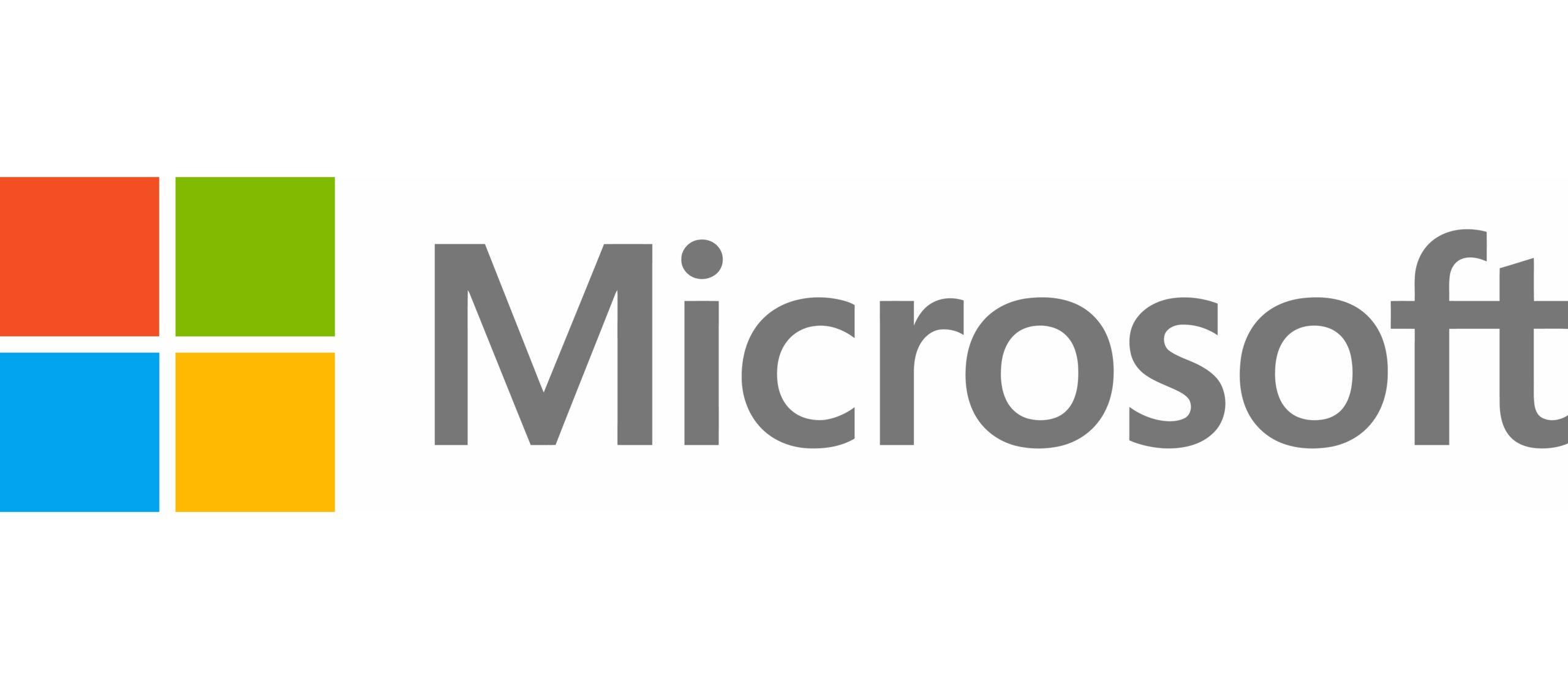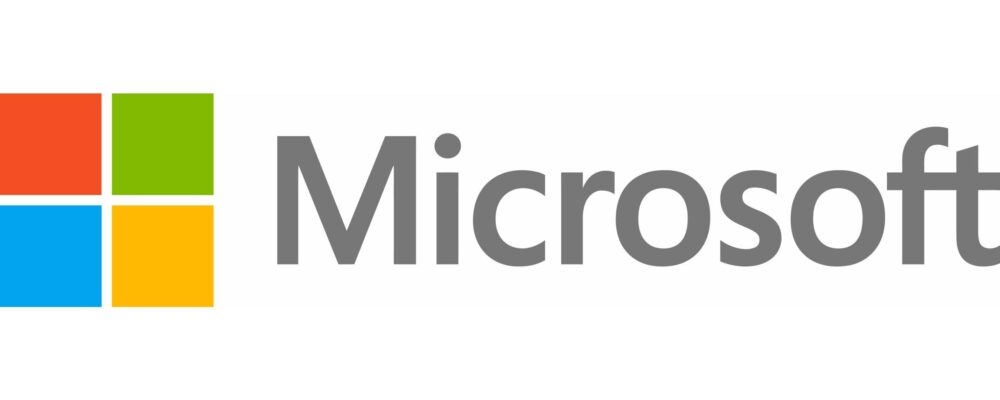At Microsoft, we seek to enable a decarbonized grid for our company, our customers, and the world. It’s part of our commitment to support a more sustainable future and become a carbon negative company. We’re dedicating significant resources to advancing this goal and adding carbon-free electricity and capacity in the grids where we operate.
Today, we’re announcing a power purchase agreement (PPA) with Constellation that will enable the restart of an 835 megawatt (MW) nuclear facility in Pennsylvania that was retired in 2019. This will bring a significant supply of net-new, reliable, carbon-free electricity to the PJM power grid, the regional transmission organization covering 13 states, recognizing the importance of nuclear energy and complementing our 34 gigawatt (GW) contracted renewable energy portfolio in 24 countries.
As highlighted by the International Energy Agency, complete grid decarbonization will require a multi-technology approach with a broad range of carbon-free technologies such as wind, solar, geothermal, clean hydrogen, sustainable biomass, nuclear, fusion, energy efficiency, and storage, as well as transmission infrastructure to connect these technologies to the grids that need them.1 Alongside our extensive work on carbon reduction and carbon removal, Microsoft embraces this multi-technology approach as an essential pathway to achieving our goal of becoming carbon negative by 2030.
Carbon reduction
Explore our approach to carbon reduction

As we continue to expand our portfolio of solutions to accelerate the energy transition, we collaborate with governments, communities, developers, and energy service providers in many ways. In this blog, I’ll share more about how we approach our work to (1) shape market demand for carbon-free electricity and (2) advance energy policy through advocacy.
Shaping market demand to accelerate the addition of carbon-free electricity
We employ a wide range of contracting mechanisms to meet our goals and secure carbon-free electricity, crafting innovative agreement structures alongside our large portfolio of renewable PPAs. A few examples:
- Our recently announced five-year global agreement with Brookfield Renewable Partners provides a pathway for the development of more than 10.5 gigawatts of new renewable energy capacity in the United States and Europe, almost eight times larger than the largest corporate PPA ever signed. This agreement provides an incentive for Brookfield to build a large portfolio of new renewable energy projects in the coming years, contributing to the decarbonization of the grid, and matched to the locations where Microsoft consumes electricity.
- In Washington state, our agreement with Powerex matches hourly datacenter demand with direct deliveries of carbon-free hydro, solar, and wind power on a 24-hour basis throughout the year. During the day, when our contracted renewable resources produce more power than needed, Powerex takes the surplus renewable power, conserving water from hydropower reservoirs and effectively storing it like a battery. This energy can then be delivered back to the datacenter in later hours, for example at night when wind and solar sources may be offline.
- As a global company committed to decarbonization on a global level, Microsoft also has worked to develop renewable energy in communities and locations that often are not prioritized. An example of this unique approach was our five-year framework agreement with Pivot Energy to develop up to 500 MW of community-scale solar energy projects across the US between 2025 and 2029. The agreement will enable Pivot to develop approximately 150 US solar projects in roughly 100 communities across 20 states, including Colorado, Maryland, Illinois, Delaware, Pennsylvania, and Ohio, with each solar project including significant community benefits.
Advancing carbon-free electricity through policy advocacy
Our public policy advocacy relating to the electrical grid is focused on accelerating the transition to clean electricity generation, modernizing and improving grid infrastructure, and encouraging an equitable energy future. A grid mix that includes adding and retaining firm carbon-free energy technologies as well as renewables will be pivotal to providing electricity access across the globe and progressing decarbonization.
In December 2023, we published a policy brief on advanced nuclear and fusion energy that highlights the importance of carbon-free electricity and the role advanced nuclear and fusion energy will have in a decarbonized energy future. As advanced carbon-free energy technologies are developed, each comes with its own set of considerations, benefits, risks, regulatory dynamics, and acceptance. Our policy priorities are focused on advancing research, development, and demonstration projects; enabling safe deployment of technologies; and encouraging an efficient and effective regulatory process for new technologies to be deployed.
Explore Sustainable by design
Discover more about how Microsoft is advancing the sustainability of cloud and AI through our blog series on the topic:
1The path to limiting global warming to 1.5 °C has narrowed, but clean energy growth is keeping it open, IEA, 2023.
Microsoft is a technology company, a small local company, with few employees, no offices, and almost making no profit… >>
Please visit the firm link to site



